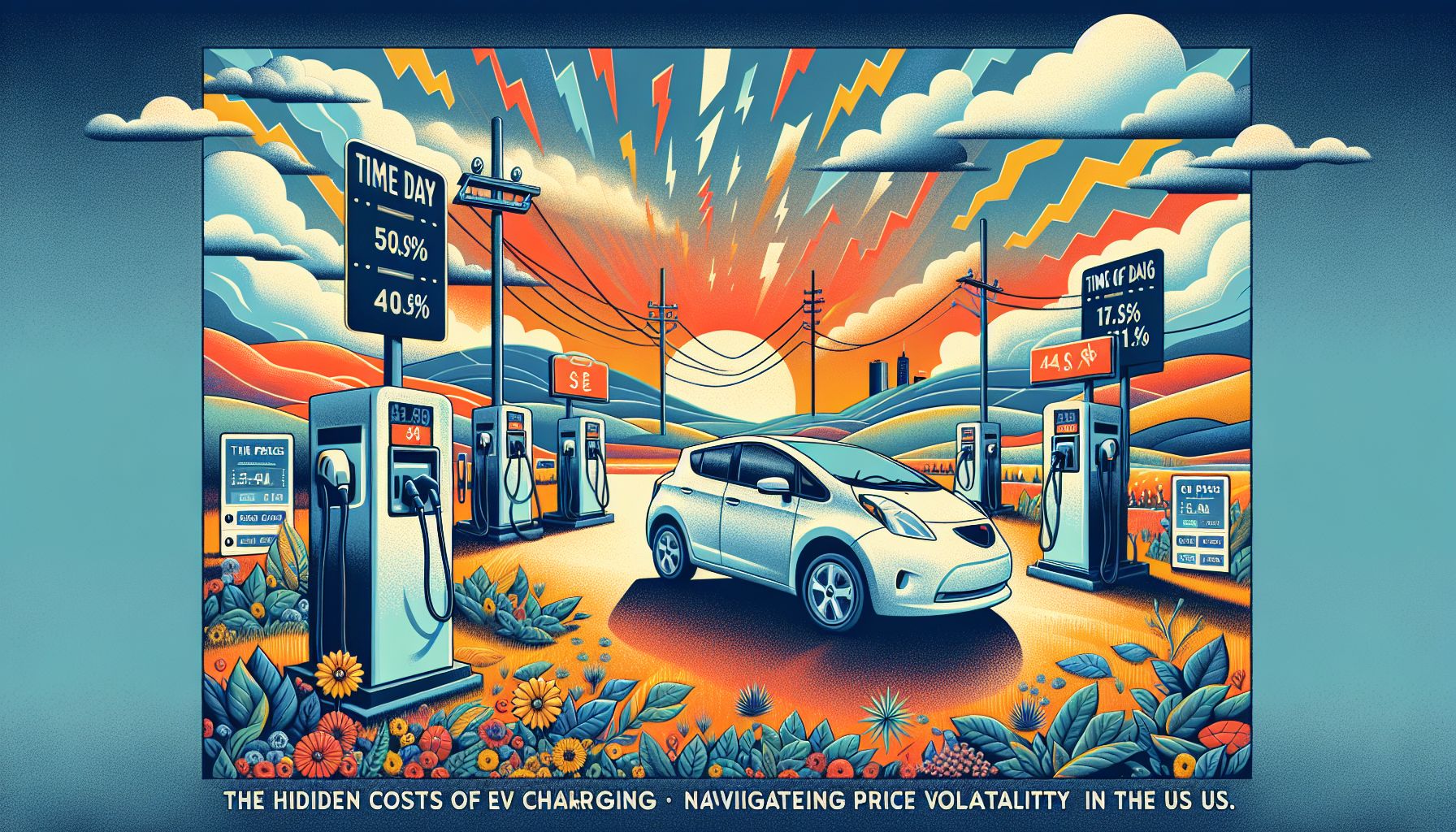The Hidden Costs of EV Charging: Navigating Price Volatility in the US

United States, Friday, 23 August 2024.
As electric vehicle adoption grows, drivers face unexpected challenges in charging costs. While generally cheaper than gas, EV charging prices vary wildly across the US, influenced by factors like location, time of day, and charging speed. This price unpredictability is creating a new form of ‘charging anxiety’ for EV owners.
The State of EV Charging Infrastructure
The rollout of electric vehicle (EV) charging infrastructure in the United States has been slow and uneven. Despite significant investments from both the federal government and private companies, drivers still face a patchwork of charging options that vary widely in terms of availability and cost. As of last fall, only eight charging stations had been built from the $7.5 billion set aside by the U.S. government for EV charging infrastructure, highlighting the sluggish progress[1].
Factors Contributing to Price Variability
Several factors contribute to the variability in EV charging prices across the country. Local utility regulations, peak demand pricing, and the type of charger (Level 2 vs. DC fast charger) all play significant roles. DC fast chargers, which can fill an EV battery in as little as 15 minutes to an hour, are more expensive to operate compared to Level 2 chargers, which take several hours. Demand charges also increase fees for EV charging companies based on the intensity of energy usage per time interval, further complicating the pricing landscape[1][2].
Challenges for Urban and Rural Areas
Urban areas often have more charging stations, but these can be more expensive due to higher electricity rates and demand charges. Conversely, rural areas may have fewer charging stations, leading to ‘charging deserts’ where drivers struggle to find convenient places to recharge. Approximately 90% of EV owners charge their vehicles at home, using public chargers primarily for long trips[1]. However, people living in apartments or without access to a garage face significant barriers to EV ownership due to limited charging options[3].
Innovative Solutions on the Horizon
Companies like Love’s Travel Stops are investing heavily in new EV charging technologies to create a more seamless and predictable recharging experience. Love’s is focusing on sustainable energy solutions and is actively shaping the fast-charging network across the nation. They have secured state and NEVI Formula Program grants for building EV charging infrastructure and have plans to install DC fast chargers with weather protection canopies at new locations[4]. Additionally, innovations in charging apps and real-time availability updates are helping to mitigate some of the ‘charging anxiety’ faced by EV drivers[5].
The Future of EV Charging
The future of EV charging envisions a robust and accessible network of chargers available ‘anywhere you take your car,’ including places like churches, schools, and workplaces. The U.S. government’s investment in EV infrastructure aims to create a national network of 500,000 EV chargers along 75,000 miles of highways over the next five years[4]. While challenges remain, the ongoing efforts by both public and private sectors offer hope for a more reliable and equitable EV charging landscape in the near future.

